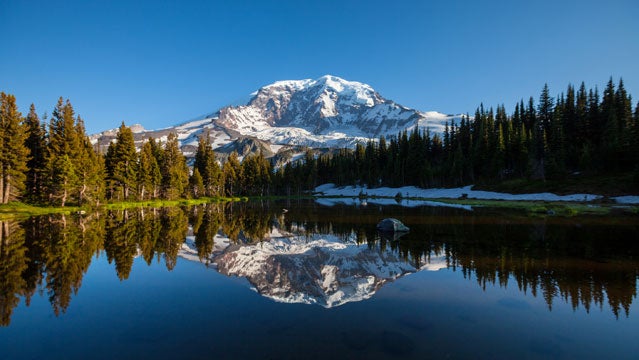Without devoting several weeks to training camps at a moderate altitude like 6,000 to 9,000 feet in the Rockies you’re not going to be able to do much to increase your red blood cell count before your climb. You could try a tent that simulates the atmospheric conditions of sleeping at altitude, but their effectiveness is debatable and the hassle and cost are considerable.
The best thing you can do, living and working at sea level, is to build the biggest aerobic engine you can. That means training like an endurance athlete, not only with long hikes laden with gear, but with higher-intensity efforts like running intervals or cycling intervals. When you go to altitude, the better your body is at taking in, transporting, and delivering oxygen to working muscles, the less you’ll suffer in thinner air.
And I’m not talking about leisurely rides or runs, either. To build a sea-level engine big enough to cope with the thinner air found at high altitude, you need a training program centered on intervals just below your lactate threshold heart rate or power output. You should also include even higher-intensity intervals that work on your power or ability to perform at your VO2 max. These intervals will increase your total aerobic capacity, and the lactate threshold intervals will increase the number and size of cellular power plants that burn carbohydrate and fat aerobically. Having more of these power plants will help you utilize more of the oxygen you take in, more quickly, which keeps you from fatiguing as rapidly.
You also want to be lean, but not rail-thin, for your adventure. The less you weigh, the less mass you have to lift against gravity, but remember that exposure to very high altitudes leads to a decrease in lean muscle mass. This is partially due to the altitude and partially due to the fact that mountaineers struggle to carry and consume enough calories to fully replenish what they’re burning.
Though mountaineers almost always lose weight (muscle and fat) during big expeditions, it’s a temporary consequence of the effort and not something you should necessarily try to prevent. Rather, you want to make sure you have enough lean muscle mass that you can afford to lose some. In other words, being lean is good, but mountaineers need some meat on their bones to be successful at very high altitudes.


